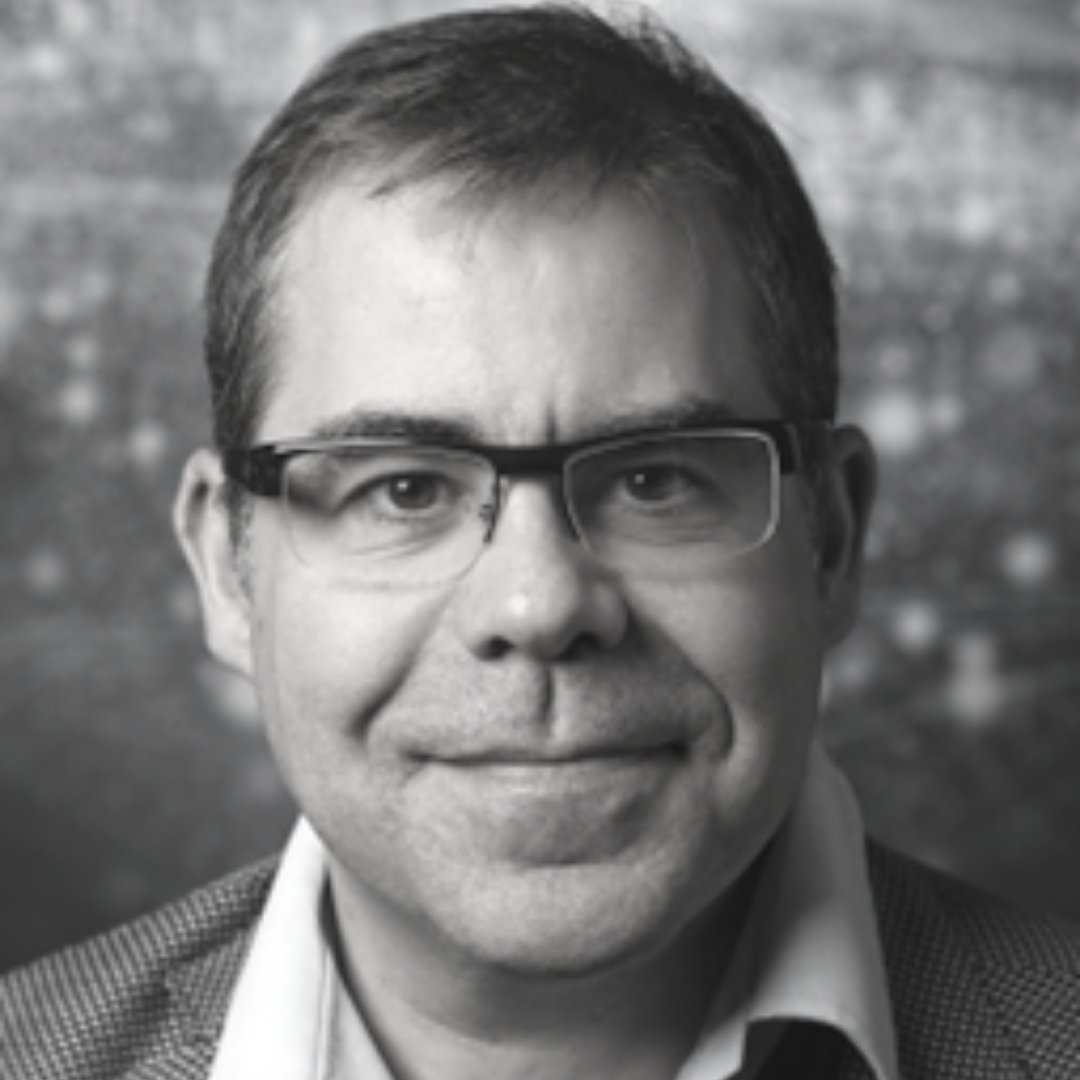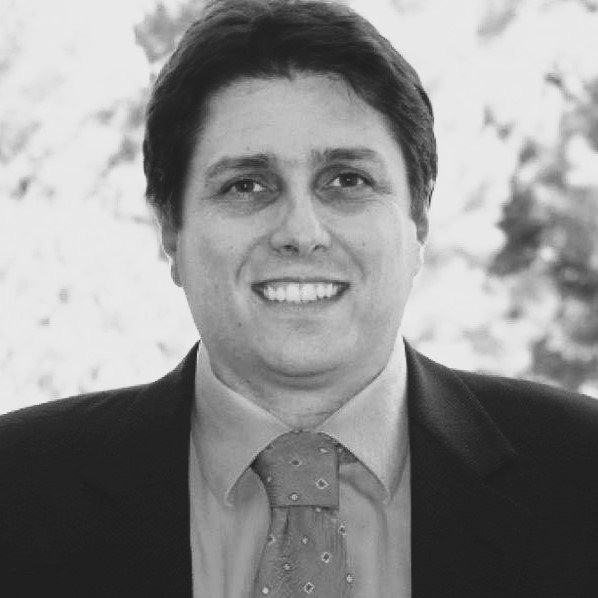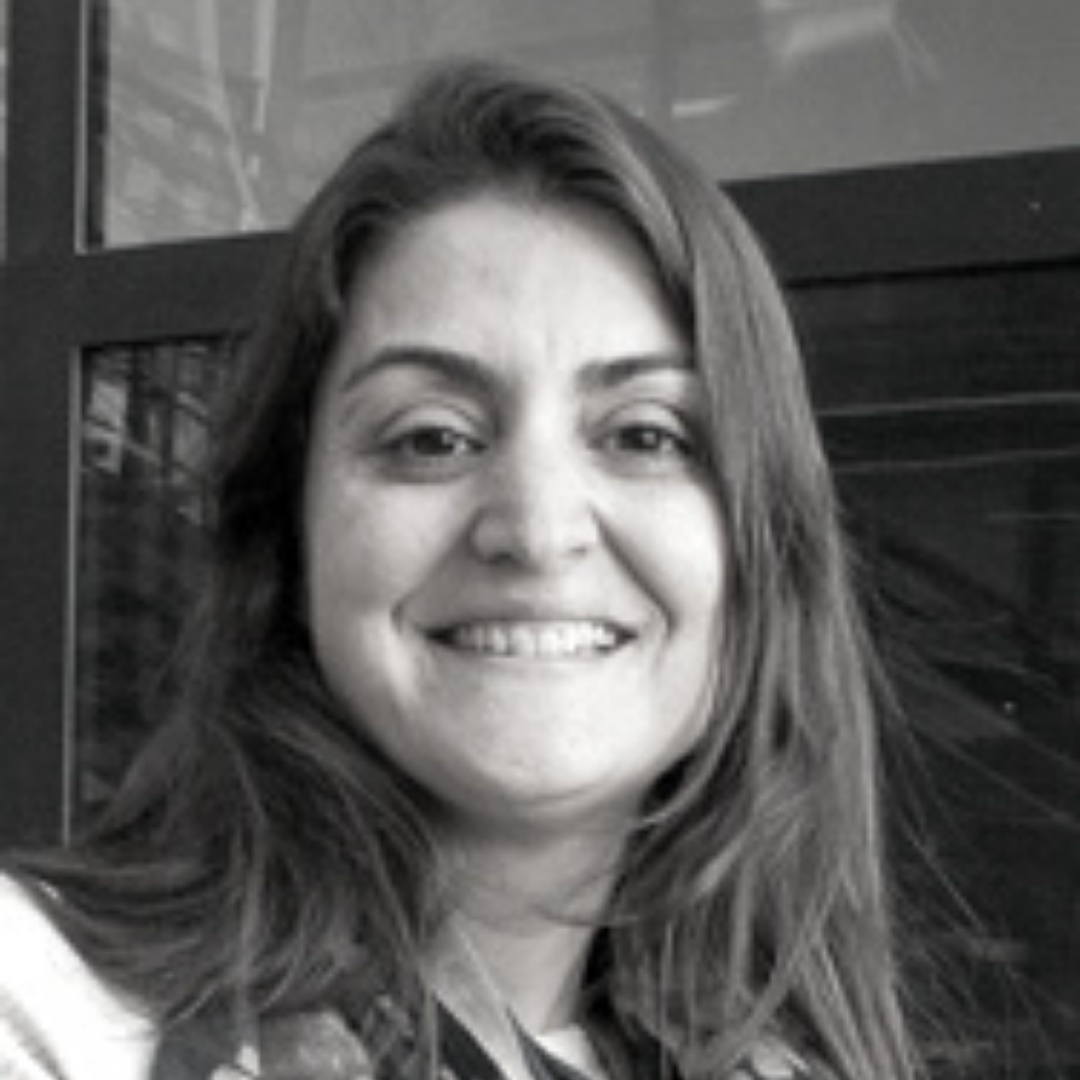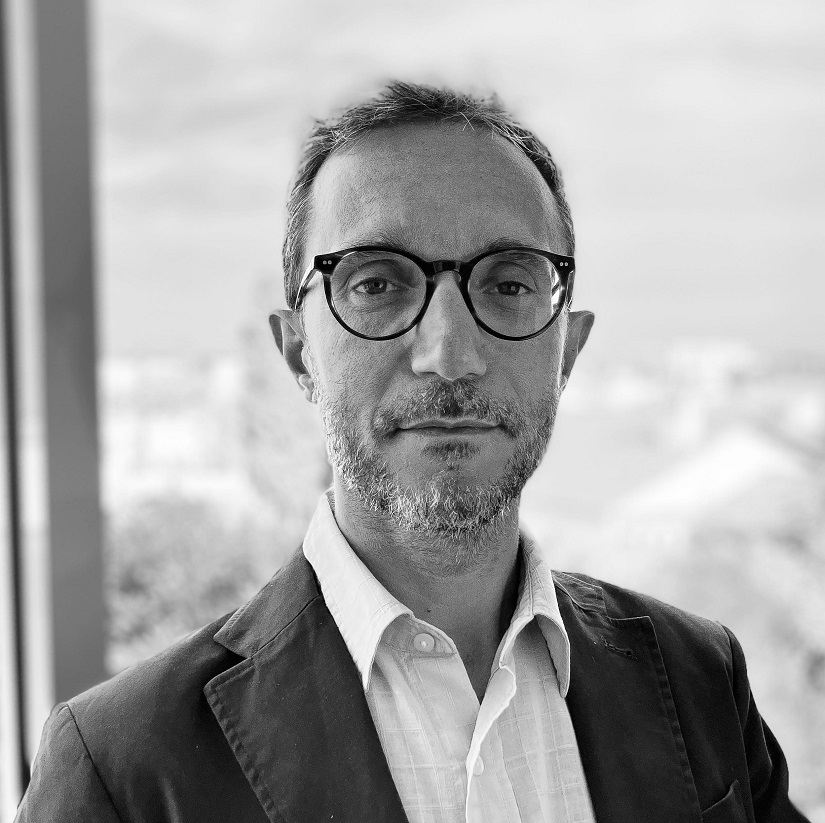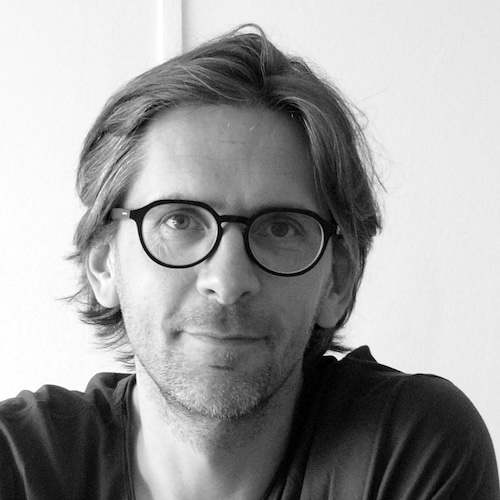Research

Examples
- Energy distribution systems
- Multimodal & shared mobility,
- Autonomous connected vehicles
- Collaborative robots in live environments
- Global pollution control
Modeling & prediction
- 4D urban modeling
- Predict & exploit user behaviors and preferences
- Anticipate & manage possible disasters
Secure components
- Enforce security, reliability, privacy, resilience, trust, and acceptability
Optimization
- Local & global optimization of systems with active users
- Accounting for diversity, heterogeneity, uncertainty, dynamics, preferences, etc.
3IA Chairholders
Pierre Alliez (Inria)
3D modeling of large-scale environments for the smart territory
(2019-2023 / 2023-2027)
We are exploring the generation of 3D models from raw measurement data such as 3D point clouds. We explored a progressive shape reconstruction method, a supervised learning approach to detect sharp features in 3D point clouds and a novel clustering method for variational shape reconstruction method based on quadric error metrics. We are currently exploring a novel approach with capability to embed a differentiable version of 3D Voronoi diagrams - via a deep learning architecture - into a generative deep network.
Quentin Bletery (CNRS)
AI-based earthquake and tsunami early warning for smart and secure territories
(2025-2029)
Quentin Bletery and his team study different aspects of the seismic cycle through multiple geophysical datasets (GPS, seismic data, distributed acoustic sensing…) to both understand the physics of earthquakes and to anticipate them. To that end, they design AI algorithms to rapidly estimate the magnitude of large ongoing earthquakes from real-time data in order to forecast the intensity of the shakings and the amplitude of possible tsunamis as rapidly as possible (one of their algorithm has been implemented in the Peruvian earthquake early warning system, another one is currently being tested by Peru and Alaska for tsunami warning). They also design AI tools to search for hypothetical precursory signals in different geophysical datasets and to assess whether or not earthquakes may one day be predicted.
David Gesbert (Eurecom)
AI- and robotics-assisted future communication networks
(2020-2024 / 2025-2029)
The Chair focuses on the use of AI to enable future intelligent and agile communication networks. Intelligence and agility are hereby achieved in an interdisciplinary way by associating novel robotics components to the design of wireless networks. Connected robotics, fueled by AI algorithms, can help wireless networks to deliver optimum services where and when they are needed. A central scenario in the research program relies on the use of AI-driven autonomous flying radio nodes which are injected as a supplementary element of network infrastructure to complement the role of traditional fixed base station equipments. These nodes are embedded as radio relays in micro-robots and endowed with self-navigation algorithms designed to maximize quality of service, including connectivity, sensing, and network geo-localization. The Chair studies in particular various distributed learning frameworks so as to enable cooperative behavior between the smart robotic nodes and features a prototyping activity to obtain real-life results.
Frédéric Giroire (CNRS)
Integrating AI into Network Solutions: Exploring Privacy, Security, and Energy Efficiency
(from Fellow: 2024-2025 to Chair: 2025-2029)
One of the main objectives of my research project for the next few years is to explore how artificial intelligence techniques can be used to revisit classical and current network problems (related to Axis 1 – Fundamentals of AI). I have a special interest for privacy and security, in particular of federated learning models (related to the emerging topic AI for cybersecurity), and for the study of energy efficiency and frugality of information systems (related to the emerging topic AI for the environment).
Ezio Malis (Inria)
Autonomous robotic systems in dynamic and complex environments, including collaboration between robots and interaction with humans
(2024-2028)
My research program revolves around the themes of robust perception for the reliable interaction of autonomous robotic systems with complex dynamic environments. My objective is the design of a system composed of several robots, endowed with autonomy, which uses information from heterogeneous sensors in order to evolve in a complex dynamic environment for monitoring applications. My research is therefore in line with the 3IA institute's Axis 4 - AI for smart and secure territories and also connected with the emerging topics of interest AI for earth observation and AI for the environment.
Benoît Miramond (Université Côte d'Azur)
eBRAIN - embedded Bio-inspiRed Artificial Intelligence and Neuromorphic architectures
(2020-2024 / 2025-2029)
The research project seeks to draw on the structure and function of the biological brain to develop more energy-efficient AI methods and algorithms.
The scientific approach ranges from neural dynamics to the emerging cognitive properties of these networks and ultimately to the design of embedded neuromorphic electronic circuits to reconsider the Von Neumann computer paradigm.
The research leaded in the context of the 3IA Chair addresses the following scientific questions:
- Minimization of the quantization error of spiking neural networks with binary and graded spikes
- Integration of focus of attention in Deep (spiking) learning models
- Increase of activity sparsity with event-based processing in image and video processing
- Frugal training with self-organizing brain-inspired multimodal neural models
- Maximization of algorithm/architecture adequation with Hw Aware NAS for Edge AI
Melek Önen (EURECOM)
Privacy-preserving machine learning
(2019-2023 / 2023-2027)
Machine learning has become popular due to cloud computing technology and the increasing number of datasets. Outsourcing computations poses a risk to data privacy. Therefore, our goal is to explore privacy-preserving variants of machine learning techniques while leveraging novel cryptographic methods.
Paolo Papotti (EURECOM)
Large Language Models for structured data
(2024-2028)
We focus on addressing the limitations of Large Language Models (LLMs) in handling structured data, which hinders their adoption for data-centric tasks like analyzing large tabular datasets. We aim to develop novel frameworks and architectures for encoding structured data into LLMs, thereby enabling complex table understanding capabilities in pre-trained models.
Cédric Richard (Université Côte d'Azur)
Intelligent Urban Flow and Environmental Monitoring through Telecommunication Optical Fiber Sensing
(2020-2024 / 2025-2029)
Cédric Richard’s research aims to develop a breakthrough technological solution for urban traffic and environmental monitoring, by repurposing telecommunication optical fibers as dense networks of seismo-acoustic sensors.
Leveraging Distributed Acoustic Sensing (DAS) technology and advanced AI algorithms, these fibers can detect and interpret vibrations generated by surrounding activities in real time, with metric spatial resolution.
Together with his collaborators, he designs continuous, scalable, and infrastructure-free monitoring solutions to promote safer and more sustainable cities.
This research is currently being transferred to industry through the ongoing creation of the startup SequoIA Analytics, which aims to bring these innovations to market and enable large-scale deployments.
Marina Teller (Université Côte d'Azur)
DL4T: Deep law for tech
(2019-2023 / 2023-2025)
The DL4T team is building the legal framework for deep technologies. Starting from the observation that law is often perceived as a force of resistance to innovation, we want to position our research upstream of technology, to support the emergence of technical standards and to promote a convergence between law and AI.
3IA Fellows
Christophe Eloy (Centrale Méditerranée)
Fluid Dynamics
(2025-2029)
How do microplastics drift in the ocean? How do plankton escape predators with no brain? Answering these questions requires understanding how soft particles with complex shapes move in turbulent flows. This project will develop a theoretical framework for these problems of ‘soft planktonics,’ using AI to optimize shape and flexibility for transport, clustering, and navigation.

